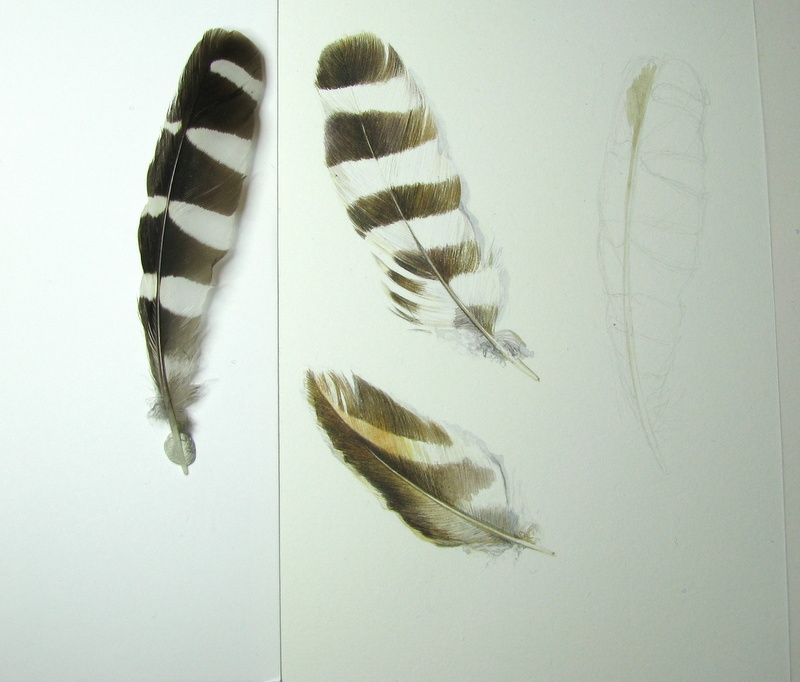“Just living is not enough," said the butterfly, "one must have sunshine, freedom, and a little flower.”
Hans Christian Andersen
Just before Christmas, a parcel arrived at my home. It was a gift from a friend and contained the most wonderful selection of natural treasures, the jewel of which had to be a tiny pinned
I have a very special place in my heart for these tiny
creatures because they take part in one of Nature’s most impressive journeys
every year. They fly over 2000 km from the UK and Ireland to North Africa. It puzzled
scientists for years as to how they did it, until they recently discovered that
these butterflies ascend to a height of 500 metres and windsurf all the way
down to North Africa, reaching speeds of over 45km an hour!! It’s not just a
one way migration either, because many of the butterflies make the return
journey too.
You can read about the incredible journey here
I have painted the butterfly before, a small specimen that I
found in Egypt, slightly battered and with it’s wings folded. The underwings
are quite drab in comparison. Painting from a photograph is never as exciting.
I marvelled at the iridescence on the wings and the long soft hairs that cover
the butterfly’s thorax and abdomen. It’s very hairy in fact! I couldn’t wait to
paint it!
 |
| Drawing the butterfly and tracing out the design |
I decided to paint it on a small piece of natural calf vellum.
This differs from the kelmscott vellum because it is unbleached and shows all the
natural pigmentation and blemishes. It’s still lovely to paint on. Graphite can
mark vellum, so I drew out the butterfly on paper first, taking care
to get the markings and measurements right. Once that was done, I traced it and
transferred the drawing to the vellum.
Tip- butterflies are symmetrical so it’s a good idea to
check that the symmetry is balanced using the tracing paper. Simply flip it
over the tracing and place it over the drawing. It doesn’t have to be
perfect, but will indicate whether everything is in the right place. It’s
better to get it right at this stage.
As is my habit, I pulled out a colour chart to give me guidance whilst I paint. I don’t use all of these colours, just a few, and these are all pure, not mixes. With vellum it's better to use the transparent colours.
 |
| I also kept the tracing to the side as guidance, because the drawing was so faint on the vellum. |
I began to redraw the butterfly markings using a very fine
sable brush and some burnt umber. I decided not to do a thin wash over the
whole wing first because I didn’t want to lose those markings. They are vital
to the identification on the butterfly.
Once the markings are defined, it’s a matter of slowly building up the depth of colour and adding the orange colour of the wings using a dry brush. With vellum the paint sits on the surface, giving it a wonderful luminosity, but if you try putting on a wet wash over the paint, it will lift the lower layers off. I constantly looked for the abstract patterns within the wings to compare both sides.
I regularly switch between painting from sight, to using a
magnifier. I find that I need both to get it right. I just use a cheap
magnifier (from Argos) with a long arm which can be easily pulled over the
painting or pushed away.
 |
| Glitter! |
Finally, like the icing on the cake, I added the iridescent
paint. I felt like a kid with some glitter glue… what decadent fun! I had to
force myself to put the paintbrush down before I got carried away.
So there you go, one sweet little butterfly!
It’s so nice to
be back in the studio painting after all the festivities and I have yet more
lovely treasures waiting to be painted!
I wish you all a very Happy New Year!
Natalie Angier


































.jpg)
.jpg)















